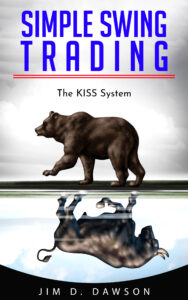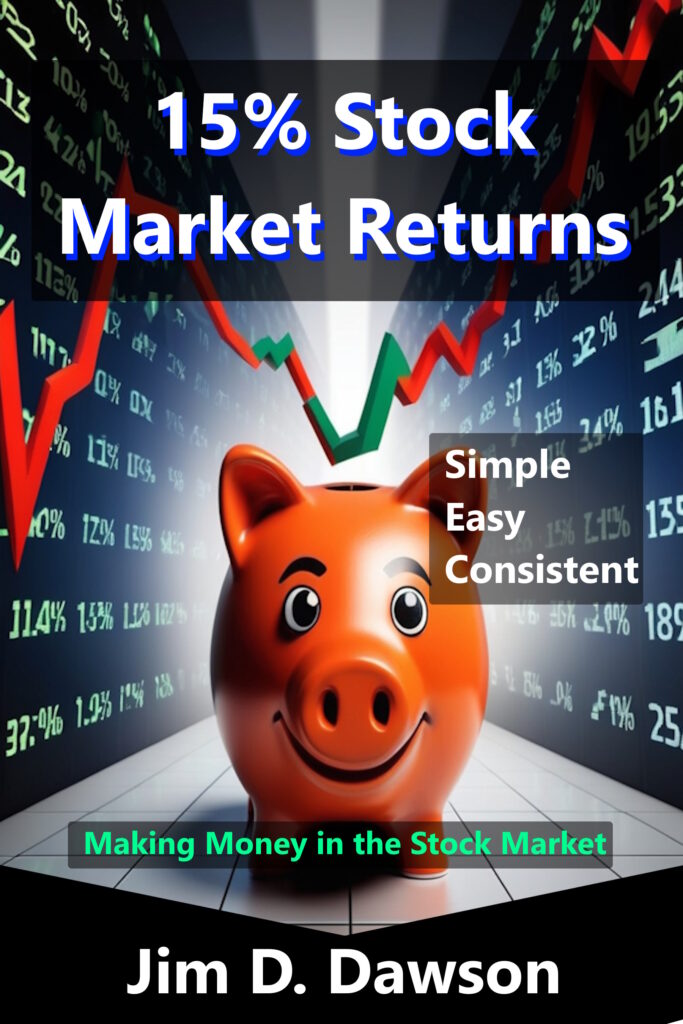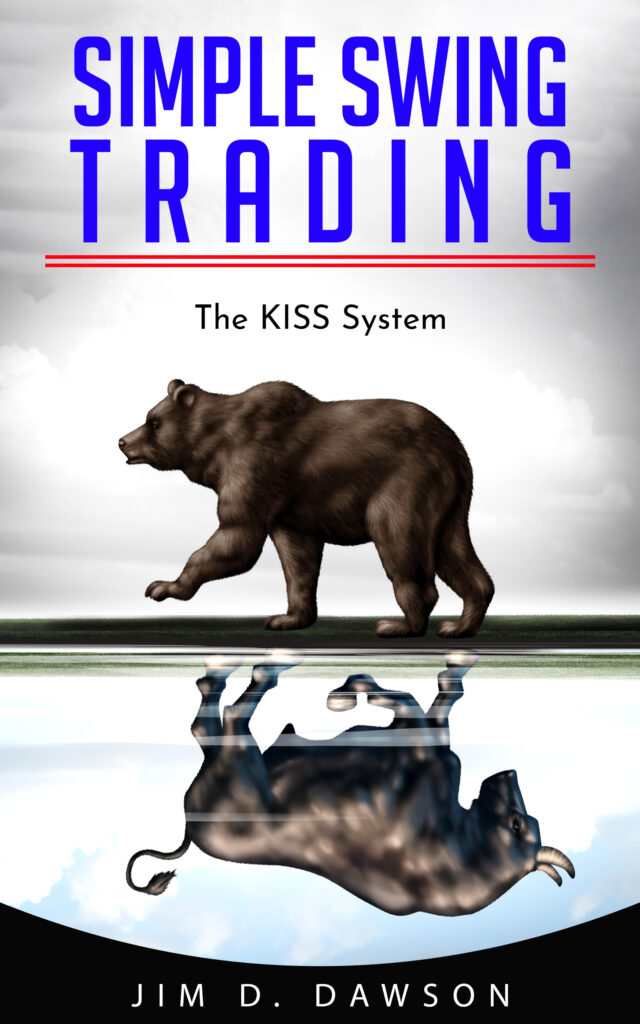A derivative income ETF is an exchange-traded fund (ETF) that invests in financial derivatives to generate income for investors. Derivatives are financial contracts that derive their value from an underlying asset, such as a stock, bond, or commodity.
derive their value from an underlying asset, such as a stock, bond, or commodity.
Derivative income ETFs typically invest in a variety of derivative contracts, such as options, futures, and swaps, with the goal of generating income through collecting premiums, dividends, or interest payments. The ETF may also use leverage to amplify returns, although this can also increase risk.
Investors in derivative income ETFs should be aware that these funds can be more complex and risky than traditional ETFs that invest in stocks or bonds. They may also have higher fees due to the specialized nature of their investments and the expertise required to manage them.
It’s important to do your research and consult with a financial advisor before investing in any ETF, including derivative income ETFs, to make sure it aligns with your investment goals and risk tolerance.
How do derivative income EFT’s make money?
Derivative income ETFs make money by investing in financial derivatives, such as options, futures, and swaps, and collecting income from those investments. The specific strategy used by the ETF will depend on the underlying assets it invests in and the market conditions.
For example, an ETF that invests in options contracts may collect premiums by selling options on underlying stocks or indexes. The ETF can earn income as long as the options expire worthless or the underlying securities don’t move beyond a certain price level. If the options are exercised, the ETF may need to buy or sell the underlying securities, which can generate additional gains or losses.
A derivative income ETF may also invest in futures contracts, which can provide exposure to commodities, currencies, or other assets. The ETF can earn income by collecting the difference between the price of the futures contract when it is bought and sold.
In some cases, derivative income ETFs may also use leverage to amplify returns. This involves borrowing money to invest in derivative contracts, which can increase potential gains but also increases risk.
Are derivative income EFT’s safe?
Derivative income ETFs can be riskier than traditional ETFs that invest in stocks or bonds, but their safety depends on a variety of factors, including the specific strategy and holdings of the ETF, the market conditions, and the investor’s risk tolerance.
Derivative income ETFs invest in financial derivatives, such as options, futures, and swaps, which can be more complex and volatile than traditional assets. The value of derivatives can be influenced by a variety of factors, including changes in interest rates, market volatility, and geopolitical events, among others. As a result, derivative income ETFs can experience significant price fluctuations and may be subject to more risk than traditional ETFs.
However, it’s important to note that not all derivative income ETFs are created equal. Some ETFs may employ risk management strategies or invest in less risky types of derivatives to help mitigate risk. Others may have more specialized strategies or invest in riskier derivatives, which can increase potential returns but also increase risk.
Investors should carefully research the specific strategy and holdings of an ETF before investing, and consider consulting with a financial advisor to determine if the investment aligns with their risk tolerance and investment goals. It’s also important to diversify your portfolio and avoid investing too much in any single ETF or asset class.
What are the most common derivative income EFT’s?
There are many derivative income ETFs available in the market, and the most common ones invest in a variety of derivative contracts, such as options, futures, and swaps. Here are a few examples of popular derivative income ETFs:
- Invesco QQQ Trust (QQQ) – This ETF tracks the NASDAQ 100 Index and invests in options on the index to generate income.
- iShares iBoxx $ High Yield Corporate Bond ETF (HYG) – This ETF invests in high-yield corporate bonds and uses credit default swaps (CDS) to hedge against default risk and generate income.
- ProShares UltraPro Short QQQ (SQQQ) – This ETF invests in futures contracts on the NASDAQ 100 Index and is designed to provide three times the inverse return of the index.
- WisdomTree CBOE S&P 500 PutWrite Strategy Fund (PUTW) – This ETF invests in S&P 500 put options to generate income by collecting premiums.
- VelocityShares Daily 2x VIX Short-Term ETN (TVIX) – This ETF invests in futures contracts on the CBOE Volatility Index (VIX) and is designed to provide two times the daily return of the index.
It’s important to note that each of these ETFs has its own unique strategy and risks, and investors should carefully research the specific ETF before investing. Additionally, other derivative income ETFs may be more appropriate for certain investors, depending on their risk tolerance and investment objectives.
Is JEPI a derivative fund EFT?
JEPI is an ETF, but it is not a derivative income ETF. The JPMorgan Equity Premium Income ETF (JEPI) invests primarily in U.S. large-cap stocks, with the goal of generating income through a combination of dividend income and option premiums. While the ETF may use options contracts as part of its investment strategy, it is not primarily a derivative income ETF.
Instead, JEPI seeks to provide income by selling call options on the stocks in its portfolio, which generates premium income but also limits potential upside gains. The ETF may also invest in other income-producing securities, such as bonds and preferred stocks.
Investors should carefully review the specific investment strategy and holdings of any ETF before investing, including JEPI. While JEPI may offer a unique approach to generating income, it may also carry risks and potential drawbacks, such as reduced upside potential or increased volatility.
Is QYLD a derivative fund EFT?
Yes, QYLD (Global X NASDAQ 100 Covered Call ETF) is a derivative fund ETF. It is an exchange-traded fund that uses a covered call strategy to generate income. This means that the fund buys stocks in the NASDAQ 100 Index and then sells call options on those stocks, earning income from the premiums paid by the buyers of those options.
The covered call strategy is a type of options trading strategy that involves selling call options on a stock while simultaneously holding that stock in the portfolio. By doing so, the investor can generate additional income from the premiums received from selling the options, while also limiting potential losses on the underlying stock.
QYLD is specifically designed to provide investors with exposure to the NASDAQ 100 Index while also generating income through the covered call strategy. However, it is important to note that derivative funds, including covered call ETFs like QYLD, can carry risks related to the use of options and other derivatives. It is important for investors to carefully consider these risks before investing in QYLD or any other derivative fund.


